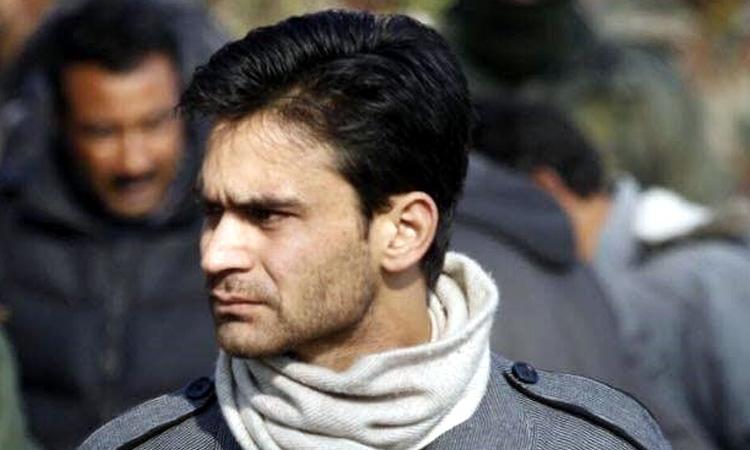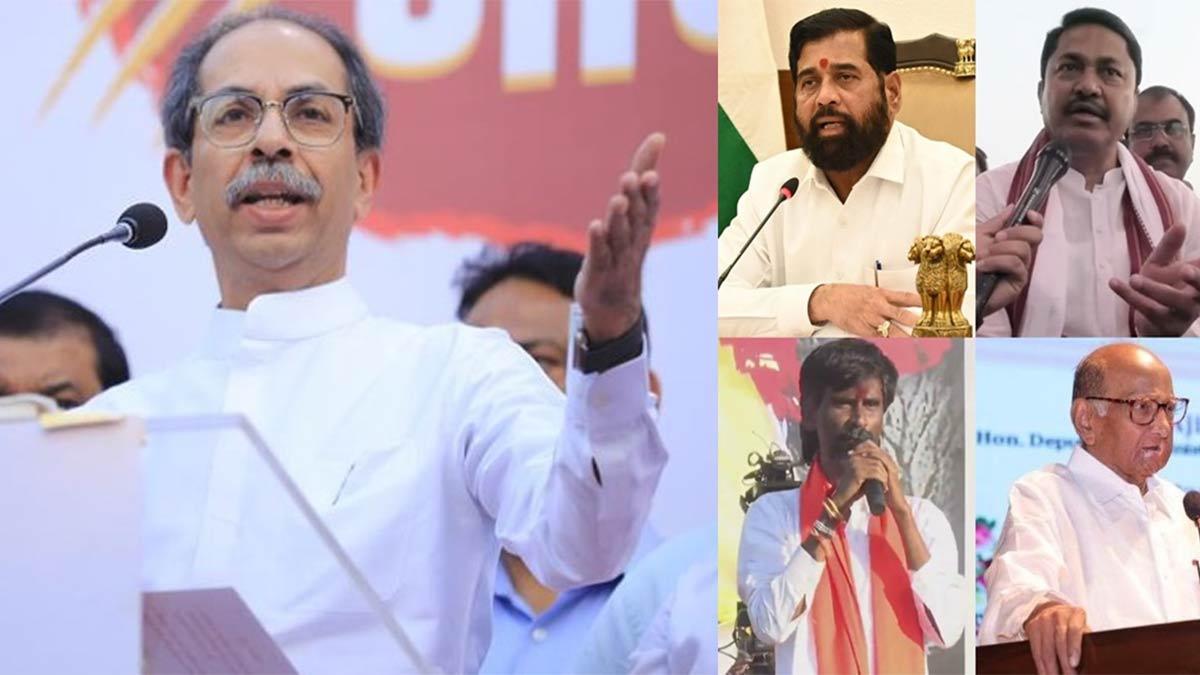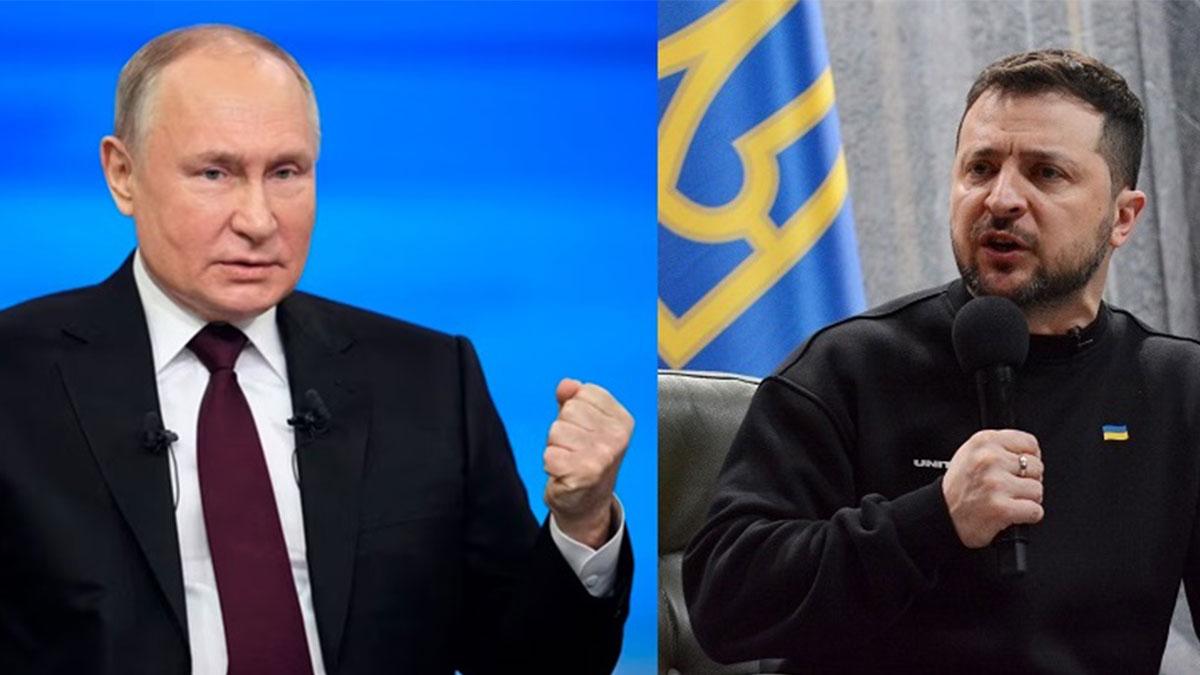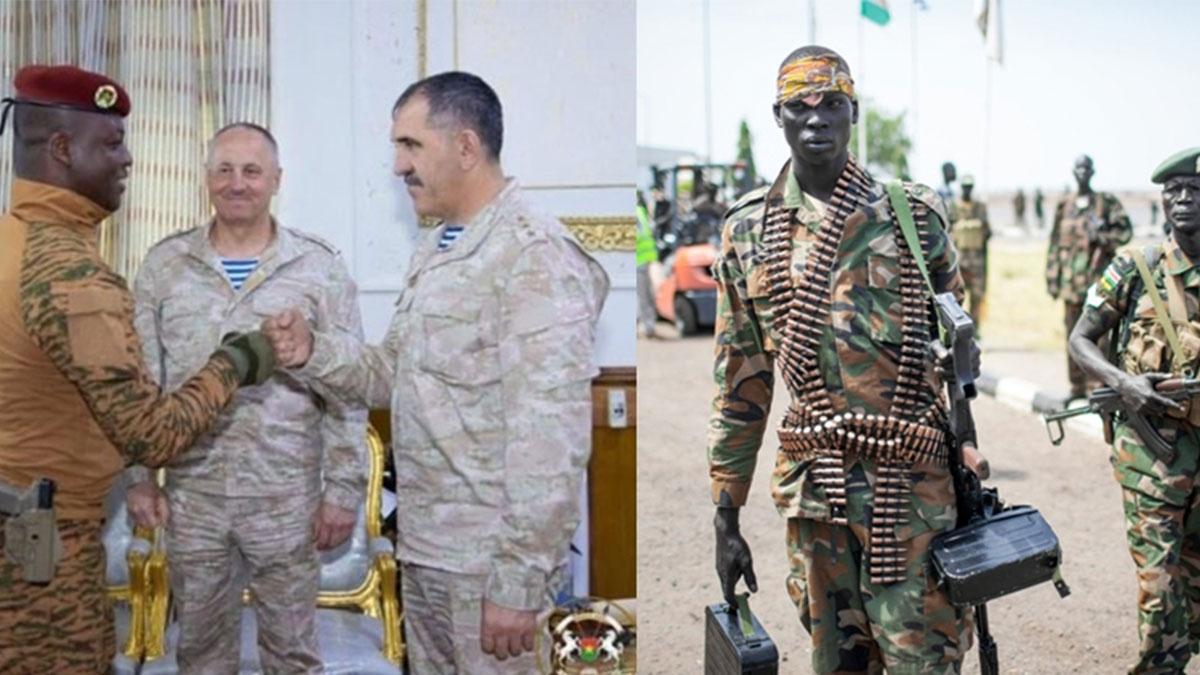Two separately filed charge sheets—one by the National Investigation Agency (NIA) in March 2021 and another by the Jammu and Kashmir Polices Counter Intelligence Kashmir (CIK) in June 2021—against the Peoples Democratic Party’s youth president have accused Waheed-ur-Rehman Para of being a mole of the Pakistan-based jihadist groups and the valleys separatist organisations in the Indian institutions of politics and governance.
If the allegations, strongly refuted by the young Kashmiri politician's lawyers as well as the PDP President, Mehbooba Mufti, are to be believed, Para began his journey of the ‘double dealings' way back in 2007 when he travelled to Pakistan, interviewed the outlawed Hizbul Mujahideen supremo Syed Salahuddin and subsequently broadcast it through his Pulwama-based cable TV channel.
Four years later, Para was inducted as the only member from Jammu and Kashmir into Ram Jethmalani's ‘Kashmir Committee-2'. Journalist MJ Akbar, academic-activist Madhu Kishwar and a retired officer of the Indian Foreign Service, VK Grover, were other members of the Jethmalani panel which struggled unsuccessfully to rope in the valley's political and militant activists into a dialogue process.
Also Read | On Kashmir, UNGA President might have got it all wrong
According to Jethmalani, the Kashmir Committee struggled for seeking the resolution of the Kashmir problem with the engagement of the separatists. It also visited the mainstream politicians apparently soft towards or friendly with the separatists and the militants with the notable exception of Farooq Abdullah's National Conference (NC).
Even as Jethmalani's ‘Kashmir Committee-2' failed like its previous version of ‘Kashmir Committee-1', which remained active from 2002 to 2004, Para made his entry into Mufti Mohammad Sayeed's PDP ahead of the Lok Sabha and Assembly elections in Jammu and Kashmir in the year 2014.
On account of his purported connections to some senior separatist leaders and the United Jihad Council chief Salahuddin, Para was soon installed as the President of PDP's youth wing—the top political position he retained even after his appointment as Secretary Jammu and Kashmir Sports Council. Later, he emerged as a confidant of late Mufti's successor, the PDP President and the former Chief Minister Mehbooba Mufti.
Also Read | Kulbhushan Jadhav must be transferred to a neutral country
For 20 years, until the deadliest attack on the security forces happened at Lethpora Pulwama on the Srinagar-Jammu highway on 14 February 2019, the mainstream-separatist ecosystem changed the valley completely for Pakistan's advantage. While India lost its strongest advocate, Farooq Abdullah, Pakistan's slogans and flags filled up the vacuum from Uri and Kupwara in Kashmir to Poonch and Kishtwar in Jammu in the street turbulences of 2008, 2010 and 2016. Arguably the worst was witnessed during the PDP-BJP regime which neutralised whatever New Delhi had achieved over 70 years.
All those who had contributed to Kashmir's gun culture, legitimised terrorism, invited Taliban, smuggled in drugs and arms, operated the militants' hawala channels and supported J&K's secession from India found themselves encouraged and empowered. They occupied positions of power, from the parties to the council of ministers. Even when Omar was Chief Minister from 2009 to 2015, they all felt honoured and accommodated.
On one occasion, Omar was seen attending a marriage ceremony at the house of the most prominent character of the terror-hawala network, who is now in jail. It was for the first time that the J&K Chief Minister and a former ‘Prime Minister' of PoK, had dinner together. Reports in the media said that the PoK's ex-‘Prime Minister', along with his host, was provided a helicopter to enjoy a picnic in Pahalgam. Some people conveniently hailed it as the ‘greater people-to-people contact' but some indeed perceived ‘serious threats to the national security' which ultimately began showing up in 2016-2019.
The two charge sheets frame a strong case against Para but leave pertinent questions unanswered: Why was there no scientific assessment of the profit and loss of the Vajpayee-Advani policy for 20 long years? How did all the advocates of the 1999-2002 policy operate without an iota of accountability during their services in India's security and intelligence apparatus and thereafter?
Why permission of abusing India and discrediting her institutions of politics, democracy and governance was granted to the politicians who are now seen as a threat to national security and integrity? What were the Central agencies doing for 20 years, when the ‘amphibian politicians' turned Kashmir into a veritable Pakistan? Could a non-entity like Para operate as an ‘agent provocateur' for 13 years in isolation and without support from insiders in the system?


















